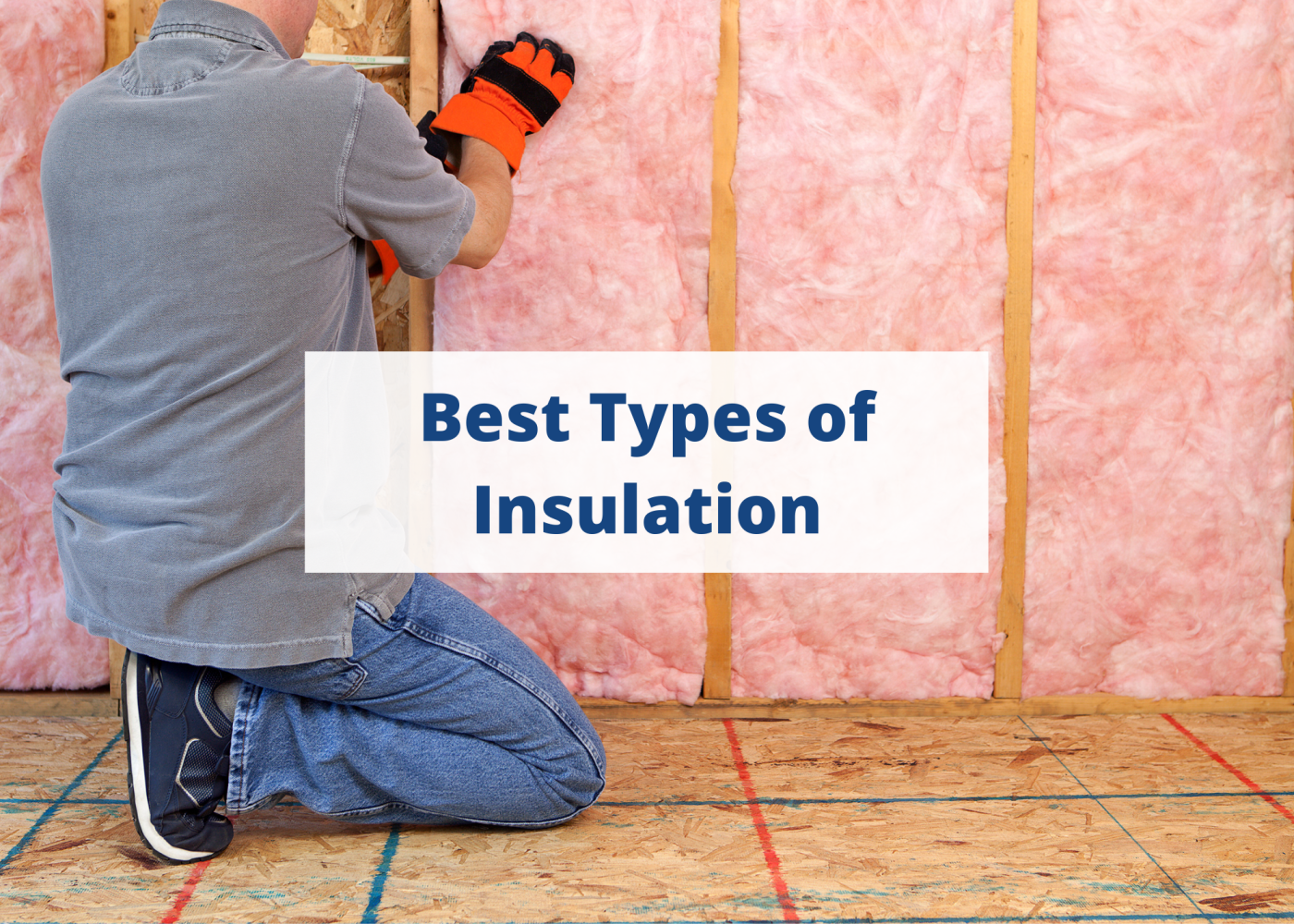When you start a new construction project, one of your priorities should be making the right decisions about insulation. Insulation is key to keeping temperatures of a space comfortable year-round, saving on heating costs, and preventing air and sound from transmitting through the walls. This week, we’re outlining the pros and cons of the most popular types of insulation on the market.
Fiberglass Blanket Batts & Rolls
This option is one of the most commonly used in new builds. The materials can consist of fiberglass, mineral wool, or natural fibers. It works well on unfinished walls, including foundation walls, floors, and ceilings.
Batts and rolls are designed to fit the standard width between wall studs, attic rafters, and floor joists, making it a relatively easy installation process. This option has remained popular as it is relatively simple to DIY with little experience and is one of the most inexpensive options. However, it’s important to know that fiberglass is a lung and skin irritant, and protective clothing, gloves, and masks must be worn when handling the material.
Foam Insulation
There are several types of foam insulation that are popular among consumers. Open cell foam is sprayed in an open cavity while it’s still in a liquid state and gradually expands and fills the cavity.
Closed cell foam is pumped into an existing cavity, like walls, which makes it great for insulating existing homes that are drafty or poorly insulated from previous construction.
These types of insulation are also great for irregularly shaped areas, and around obstructions. This type of insulation tends to get pricey but is well worth the cost.
Rigid Foam
Rigid Foam, which comes in boards and panels, is a versatile insulation option that can help save on energy costs from the foundation all the way up to the roof. Rigid insulation provides thermal resistance up to two times more than most other insulating materials of the same thickness and reduces heat conduction through structural elements. This type of insulation is best used in unfinished walls, including foundation walls, floors and ceilings, and unvented low-slope roofs.
Conclusion
Have questions about which insulation option is best for your project? Contact us today!


Leave a comment